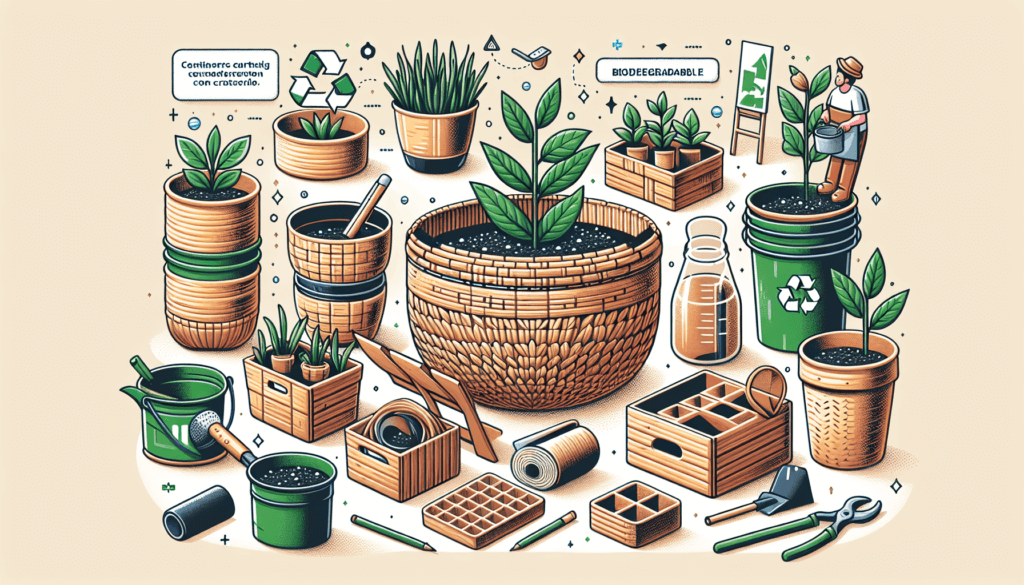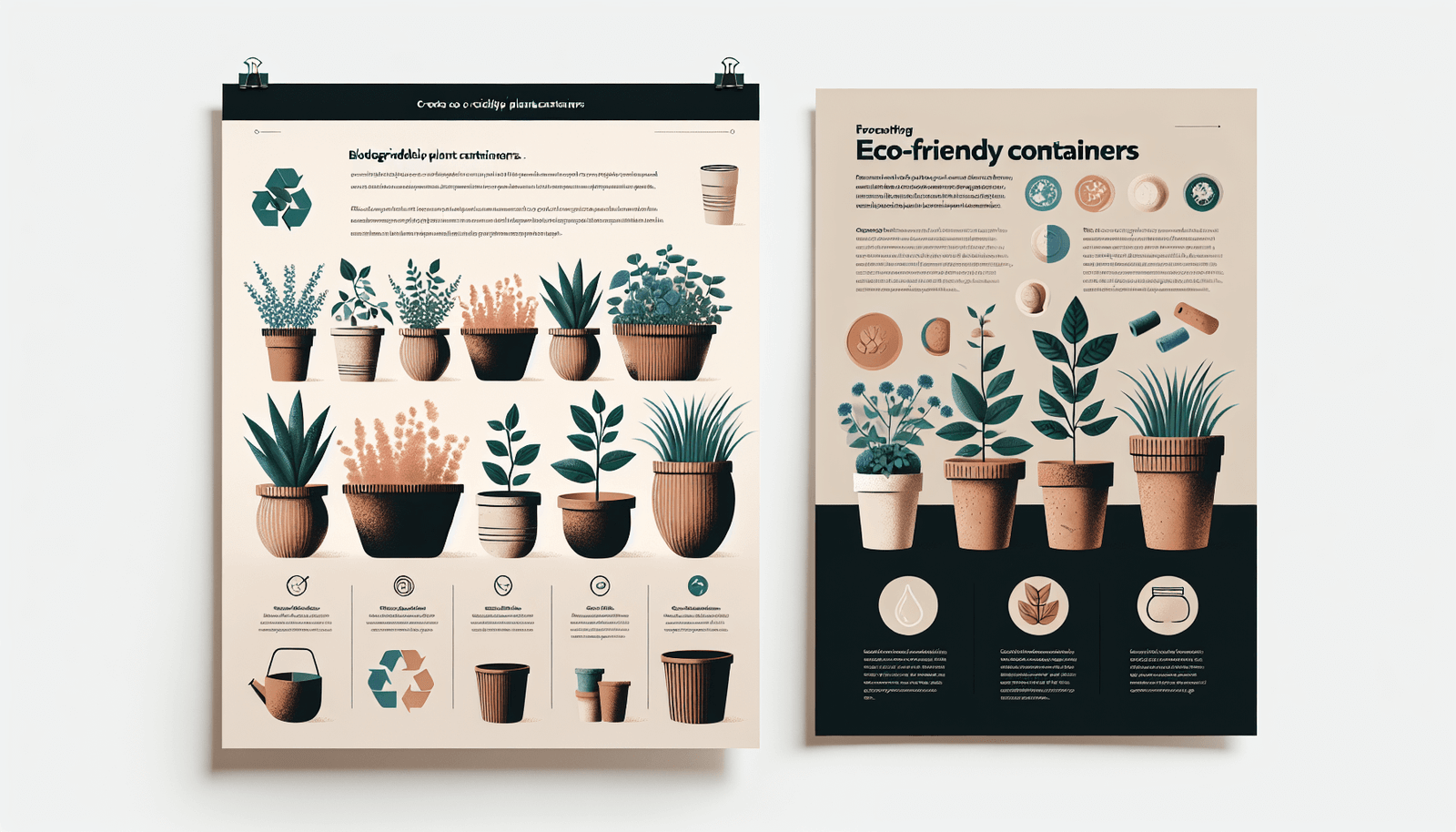Are you a plant parent looking for the perfect container to house your green friends? Look no further! In this article, we will explore the best eco-friendly plant containers that not only provide a beautiful home for your plants but also support sustainable practices. From recycled materials to biodegradable options, you’ll discover a range of innovative and stylish choices that will help you create a vibrant and environmentally conscious indoor or outdoor space. So, let’s embark on this exciting journey together and find the perfect plant container for you!
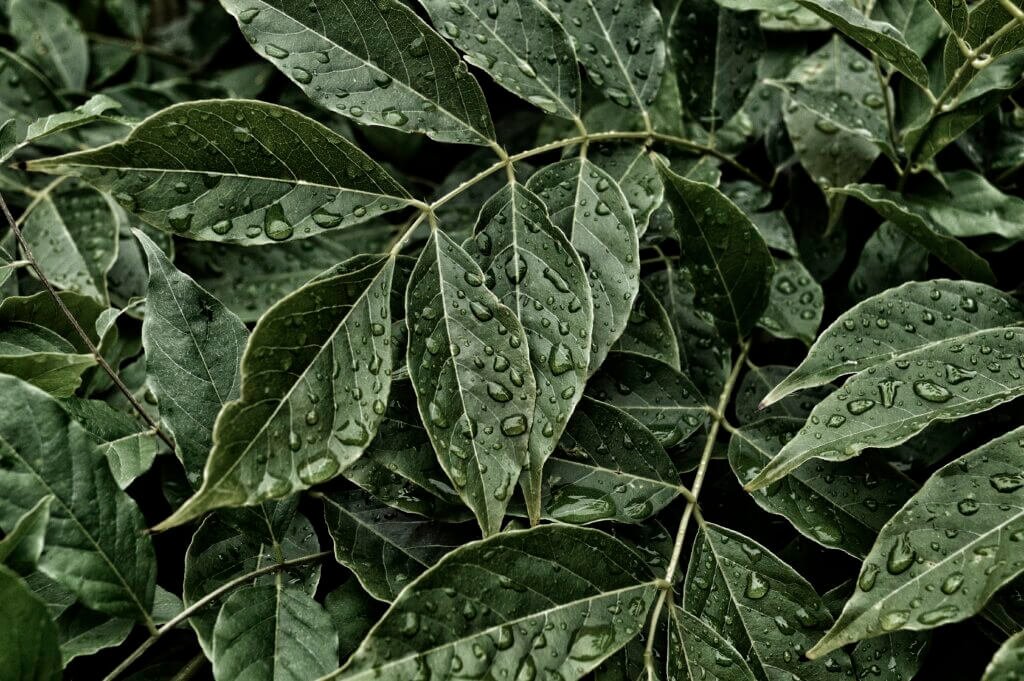
1. Ceramic Plant Containers
Ceramic plant containers are a popular choice for many gardeners due to their aesthetic appeal and durability. These containers are made from clay that has been heated at high temperatures, resulting in a sturdy and long-lasting material. One of the main benefits of ceramic containers is their ability to retain moisture, which can be beneficial for plants that require consistent watering. Additionally, the weight of ceramic containers provides stability, preventing them from tipping over easily.
However, there are also a few drawbacks to consider when using ceramic plant containers. Firstly, they can be quite fragile, making them susceptible to cracking or breaking if mishandled. This can be a concern, especially if you have pets or children in your household. Furthermore, ceramic containers tend to be more expensive compared to other options. So, if you’re on a tight budget, they may not be the most cost-effective choice.
2. Biodegradable Plant Containers
Biodegradable plant containers have gained popularity among environmentally-conscious gardeners due to their sustainable nature. These containers are typically made from materials such as coconut coir, peat, wood pulp, or rice hulls, which naturally decompose over time. One of the key benefits of biodegradable containers is that they can be directly planted into the ground, reducing transplant shock for the plants. This eliminates the need to remove the plant from the container before planting, simplifying the process.
Another advantage of biodegradable containers is their ability to improve soil quality. As the container decomposes, it adds organic matter to the soil, enhancing its overall fertility. This can be particularly beneficial for plants that require nutrient-rich soil. Moreover, biodegradable containers are eco-friendly as they do not contribute to landfill waste.
However, there are a few drawbacks associated with biodegradable containers. Firstly, they have a relatively short lifespan compared to other materials. Once exposed to moisture, they can begin to break down, potentially causing the container to collapse before the plant has fully established its roots. Additionally, biodegradable containers may be more prone to mold or mildew if they are not properly cared for. It is essential to ensure adequate drainage and avoid overwatering to prevent these issues.
3. Recycled Plant Containers
Using recycled plant containers is an excellent way to reduce waste and contribute to sustainable gardening practices. These containers are typically made from materials such as recycled plastic or reclaimed wood. One of the main benefits of using recycled containers is the positive impact it has on the environment. By repurposing materials that would otherwise end up in landfills, you are helping to reduce the demand for new resources and decrease pollution associated with manufacturing.
Recycled containers are also durable and long-lasting, similar to their non-recycled counterparts. They can withstand various weather conditions and are less prone to cracking or breaking. Additionally, the availability of recycled containers makes them a budget-friendly option for gardeners. You can often find them at a lower cost compared to brand new containers.
However, it is essential to consider the potential drawbacks of using recycled containers. As these containers have been previously used, they may not have the same aesthetic appeal as new containers. They may have visible signs of wear and tear or markings from their previous use. Additionally, the material used in some recycled containers may not be as sustainable or eco-friendly as others. It is important to research and choose containers made from recycled materials with low environmental impact.
4. Metal Plant Containers
Metal plant containers offer a unique and modern look to any garden or indoor space. Containers made from materials such as steel, aluminum, or cast iron are becoming increasingly popular due to their durability and stylish designs. One of the significant benefits of metal containers is their strength and resistance to harsh weather conditions. They can withstand heavy winds, intense sunlight, and temperature fluctuations without deteriorating.
Metal containers also have excellent drainage capabilities, preventing overwatering and root rot. Additionally, they are fire-resistant, making them a safe option if you plan to have plants in close proximity to open flames or heat sources. Moreover, metal containers are often lightweight, making them easier to move around or rearrange in your outdoor or indoor space.
However, there are a few drawbacks associated with metal containers. Firstly, metals such as steel or iron can rust over time, especially if they are not adequately protected against moisture. This can affect the overall appearance of the container and potentially stain nearby surfaces. Additionally, metal containers tend to heat up quickly under direct sunlight, which can be detrimental to plants that prefer cooler root systems. To mitigate this, it is recommended to use insulating materials or place the containers in shaded areas.
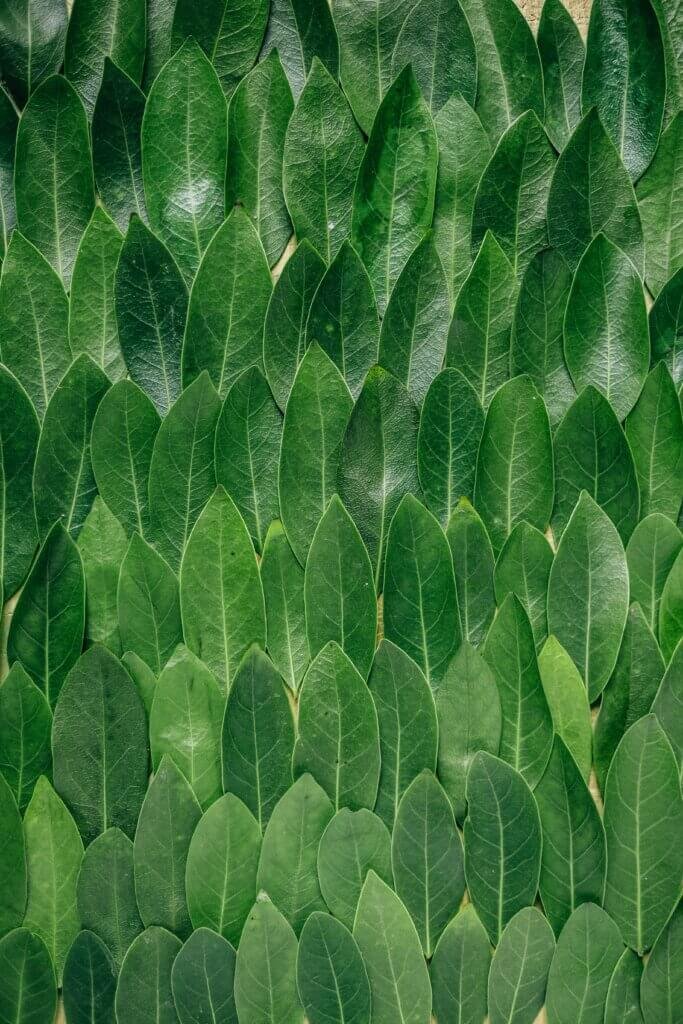
5. Glass Plant Containers
Glass plant containers add a touch of elegance and sophistication to any garden or interior space. The transparent nature of glass allows for a clear view of the plant’s root system, making it a popular choice for those who enjoy observing the growth and development of their plants. One of the key benefits of glass containers is their ability to retain heat. This can create a favorable environment for heat-loving plants, especially in colder climates or during the winter season.
Moreover, glass containers are non-porous, meaning they will not absorb water or nutrients. This can be advantageous for certain plants that may suffer from root rot if overwatered. Additionally, the smooth surface of glass containers makes them easy to clean and maintain. They do not stain or accumulate dirt as easily as other materials, ensuring a visually appealing display.
However, there are a few drawbacks to consider when using glass containers. Firstly, they are fragile, making them susceptible to cracking or shattering if dropped or mishandled. This can be a concern if you have pets or children in your household. Additionally, glass containers can be quite heavy, especially when filled with soil and plants. This can make them challenging to move or rearrange in your garden or home. It is important to consider the placement of glass containers to avoid accidents or damage.
6. Wood Plant Containers
Wood plant containers offer a natural and rustic aesthetic that adds warmth and charm to any garden or living space. Containers made from materials such as cedar, redwood, or reclaimed wood are popular choices due to their durability and eco-friendliness. One of the main benefits of wood containers is their ability to provide insulation. They can help regulate soil temperature, keeping it cooler in hot climates and providing protection from frost in colder regions.
Additionally, wood containers have excellent moisture retention properties, ensuring plants have consistent access to water. The porosity of wood allows for proper drainage while preventing excessive evaporation. Furthermore, wood containers blend seamlessly with outdoor surroundings, creating a harmonious and natural look.
However, there are a few drawbacks associated with wood containers. Firstly, they require regular maintenance to maintain their quality and appearance. Wood is susceptible to rot and decay if not properly treated or sealed. It is essential to use wood containers made from rot-resistant species or apply a protective finish regularly. Additionally, wood containers are generally heavier than other materials, which can make them difficult to move or rearrange. It is advisable to plan the placement of wood containers carefully to avoid strain or damage.
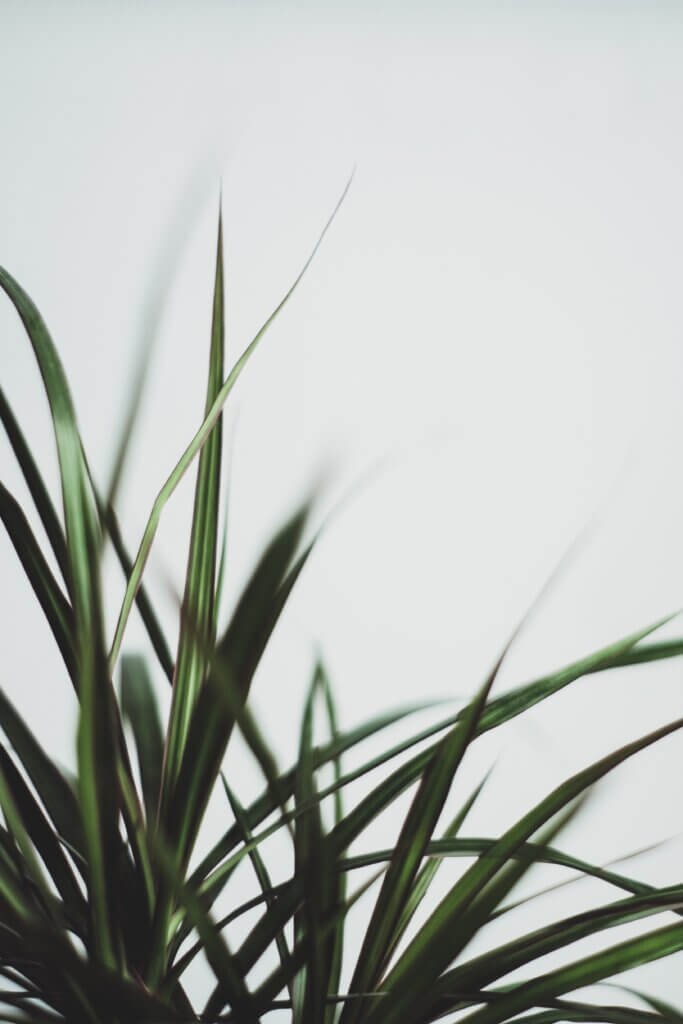
7. Terra Cotta Plant Containers
Terra cotta plant containers have been used for centuries due to their traditional and timeless appeal. Made from baked clay, these containers offer a charming and rustic look that complements various garden styles. One of the significant benefits of terra cotta containers is their porous nature. This allows for excellent airflow and root aeration, which is essential for the health and growth of plants. The porosity also helps prevent overwatering and drainage issues.
Moreover, terra cotta containers provide insulation, protecting plant roots from extreme temperature fluctuations. They can help regulate soil temperature, keeping plants more comfortable in hot or cold weather conditions. Additionally, terra cotta is a natural material that is safe for plants and does not release any harmful chemicals.
However, there are a few drawbacks to consider when using terra cotta containers. Firstly, they can be fragile and prone to cracking, especially in freezing temperatures. It is important to handle them with care and protect them during harsh winter conditions. Additionally, terra cotta containers can dry out quickly due to their porous nature. This means more frequent watering may be required, especially in hot or dry climates. It is crucial to monitor the moisture levels of plants in terra cotta containers to prevent dehydration.
8. Fabric Plant Containers
Fabric plant containers, also known as grow bags or smart pots, have gained popularity for their versatility and breathable design. These containers are typically made from geotextile fabric, which allows air to circulate around the plant’s root system, promoting healthy and vigorous growth. One of the main benefits of fabric containers is their ability to provide excellent drainage. The fabric material prevents water from pooling while allowing excess moisture to escape, reducing the risk of overwatering and root rot.
Moreover, fabric containers are lightweight and portable, making them ideal for small spaces or balcony gardens. They can be easily moved or rearranged to optimize sunlight exposure or space utilization. Additionally, fabric containers are reusable and easy to clean. They can be folded or stored when not in use, saving storage space and reducing waste.
However, there are a few drawbacks associated with fabric containers. Firstly, they may require more frequent watering compared to other materials. The breathable fabric allows for quicker evaporation, which can result in faster moisture loss. It is essential to regularly monitor the soil moisture levels and adjust your watering routine accordingly. Additionally, fabric containers may not be visually appealing to everyone, as they have a more casual and less traditional look compared to other container types. It is a matter of personal preference and the overall style you want to achieve in your garden or home.
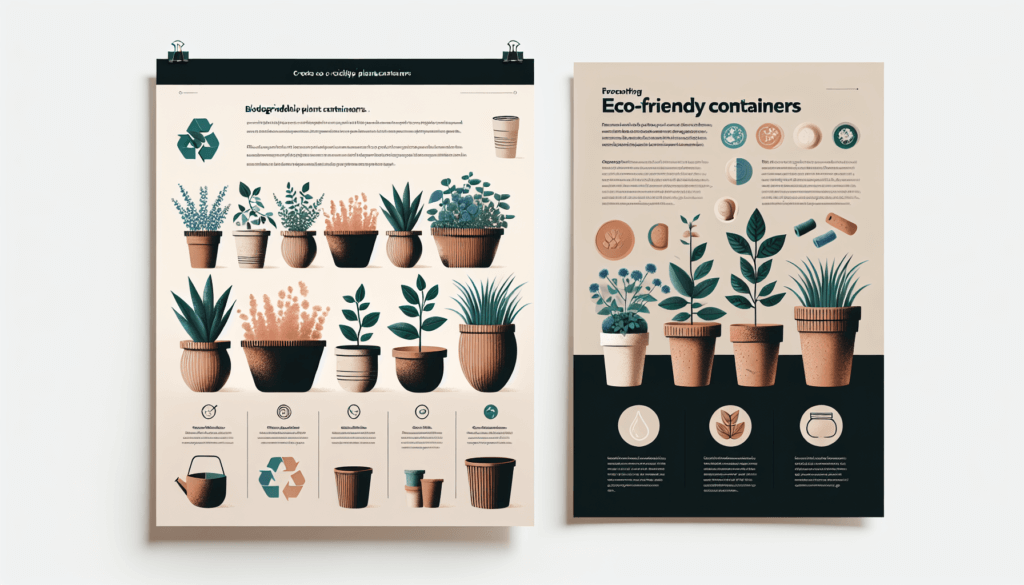
9. Plastic Plant Containers
Plastic plant containers are widely used due to their affordability, lightweight nature, and versatility. They are available in various shapes, sizes, colors, and designs, making them suitable for different gardening preferences. One of the key benefits of plastic containers is their durability. They are resistant to cracking, breaking, or fading, even when exposed to extreme weather conditions. Plastic containers are also easy to clean and maintain, requiring minimal effort to keep them looking fresh and new.
Moreover, plastic containers offer excellent insulation, protecting plant roots from temperature extremes. They can help regulate soil temperature, preventing plants from experiencing stress due to sudden changes in weather. Additionally, plastic containers are lightweight, making them easy to move or transport without straining your back.
However, there are a few drawbacks to consider when using plastic containers. Firstly, some plastic containers may not be environmentally friendly, as they can take hundreds of years to decompose. It is essential to choose plastic containers made from recyclable materials or select options that can be reused or repurposed. Additionally, plastic containers can be less breathable compared to other materials, potentially leading to moisture retention issues if proper drainage is not ensured. It is crucial to provide adequate drainage holes or use a well-draining potting mix when using plastic containers.
10. Concrete Plant Containers
Concrete plant containers offer a durable and sturdy option for gardeners looking for a long-lasting solution. These containers are made from a mixture of cement, sand, gravel, and water, resulting in a solid structure that can withstand various weather conditions. One of the main benefits of concrete containers is their weight and stability. They are less prone to tipping over or being blown away during strong winds, providing a secure home for your plants.
Moreover, concrete containers have excellent thermal properties. They can absorb and retain heat during the day, releasing it slowly during cooler evenings or nights. This offers a favorable microclimate for heat-loving plants and can extend the growing season. Additionally, concrete containers have a timeless and minimalist appearance that can complement a variety of garden styles.
However, there are a few drawbacks associated with concrete containers. Firstly, they can be quite heavy and require careful consideration when placing them in your garden or home. Once filled with soil and plants, they may be challenging to move or rearrange. It is advisable to plan their placement carefully to avoid unnecessary strain or damage. Additionally, concrete containers may crack or chip over time, especially in freezing temperatures. It is important to choose high-quality concrete containers and protect them during harsh weather conditions.
